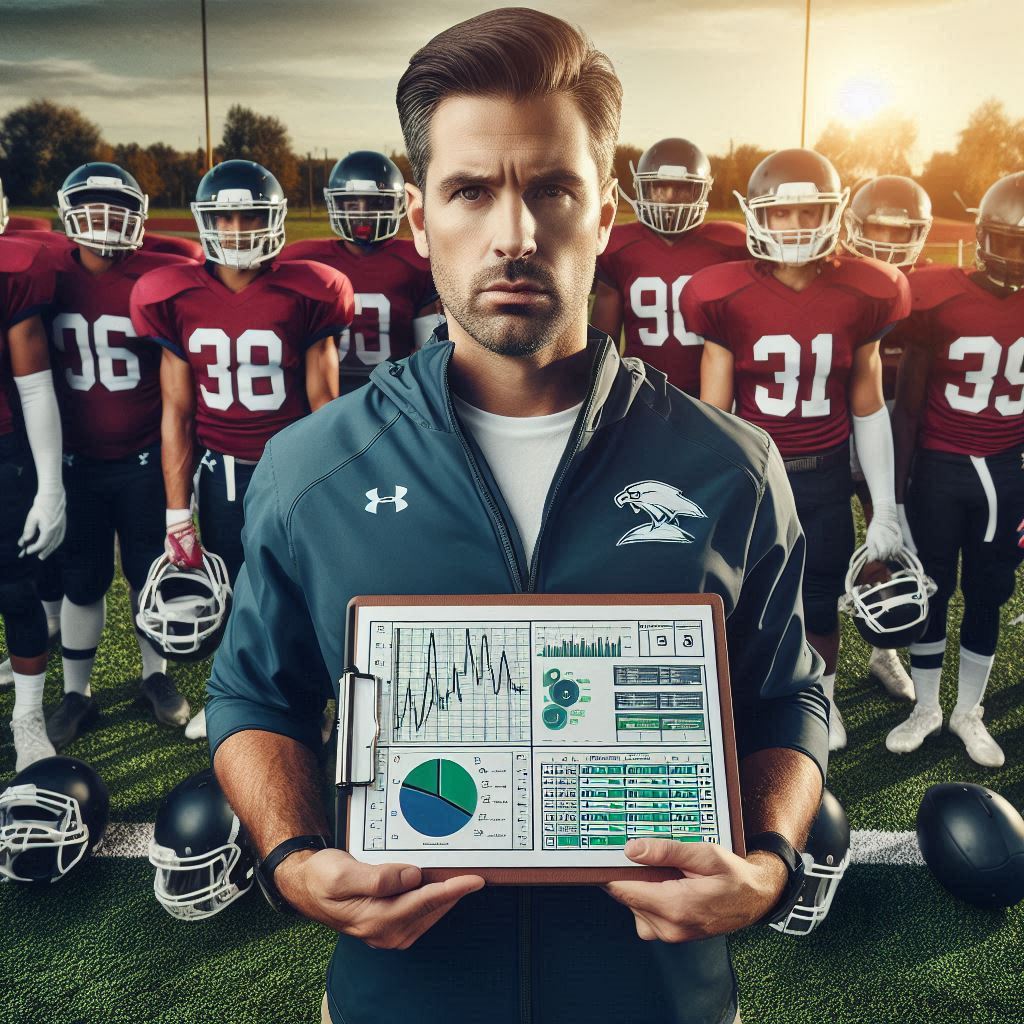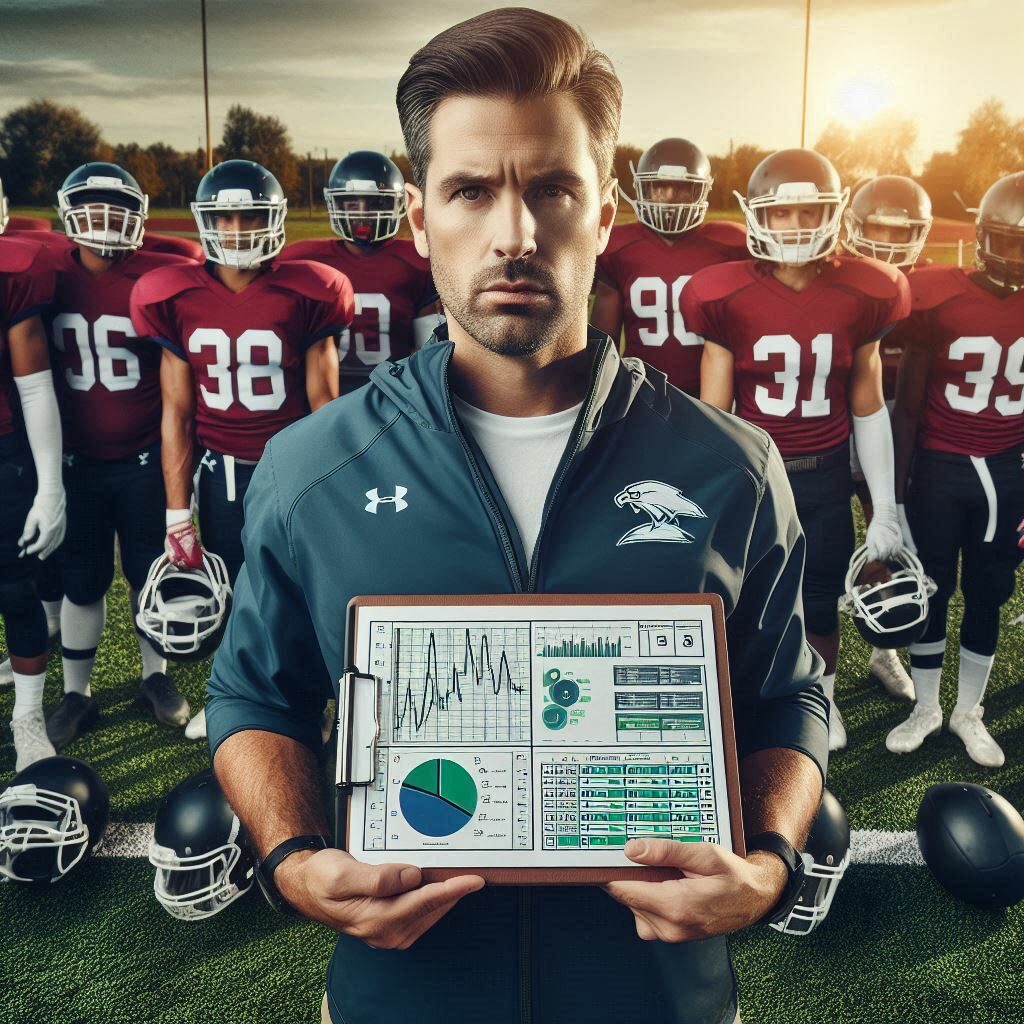Football Statistics by Position
Each player on a football field plays an important role on the field. However, some are easier to understand than others. Today, we will be taking a deep dive into each position and understanding both the simple and complex football statistics. This will help us maximize each players impact on the journey toward excellence. Leagues like the NFL have a comprehensive dataset, as seen here. Stat-Track will help you develop this for your team by focusing on the most important aspects of what happens on the field.

Quarterback
With one of the most important positions on the field, we felt it was only right to start with the QB. Quarterbacks can record passing, running, and occasionally receiving stats. At Stat-Track, the per-play and per-game statistics are most important to us. These statistics can help us predict a player’s output based on the play call and anticipate the expected production of the offense. We can also use efficiency metrics on play type to determine the plays with the highest likelihood of success.
Running Back
For running backs, we want to focus not just on yards, but Yards Per Carry and Yards After Contact. Yards Per Carry lets us know how efficient each attempt is for a back. However, this can be influenced by a strong or weak line and is a contextual measure. At Stat-Track, we utilize Yards After Contact within our dashboards as a “power” level of the running back. Mainly, this is their ability to get hit and keep going, which can be a strong indicator of running success against a strong defense.
Wide Receiver / Tight Ends
Receivers cover the whole field with an air-based offensive. The Target-Catch % allows us to see if receivers are maximizing their opportunities with the ball. We can also measure the route fit, which measures how well a receiver sticks to the play call. A good receiver allows their quarterback one less thing to manage as they control the field.
Offensive Line / Tight Ends
The Offensive Line can break their statistics into two halves in order to determine their strengths and weaknesses: Pass Blocking and Run Blocking. Measuring the QB pressure statistics for both types of blocking will allow us to determine the strengths and weaknesses of the offensive line as a unit. We can measure these on an individual level through Stat-Track by seeing the direction of the pressure and attributing the advances to the guards or center accordingly.
Defensive Line
We’ve now moved to the other side of the ball and will look at the D-Line. For the defensive line, we are focused on sacks vs. tackles as a percentage of snap count. Due to stat-track, we can also estimate the average amount of time before a player applies pressure on the quarterback or ball-carrier. Driving effective moves to reduce this team will give teams a tangible goal to move toward.
Defensive Backs / Safeties
For these positions, we will be tracking their time to tackle as well as their coverage percentage. The opposing quarterbacks incompletion rate will be an important indicator of our secondaries efficiency. We also want to track the yards per carry, yards after reception, and the yards allowed. These help us gauge the reaction and effectiveness of a defense to allow more yards.
Summary
In conclusion, there are many statistics to use and measure a football team. Ultimately, coaches determine what is important and how to communicate that to their players. Here at Stat-Track, we are hoping to assist coaches by giving them the best intelligence to foster excellence in their football teams. Stat-Track can present all of the statistics above and hundreds more to match your needs. If you are interested in learning more about the Stat-Track dashboards and data collection, please check out our products using the link here. Thank you for reading and please leave a comment on what you see as the most important statistic for a team or position.

